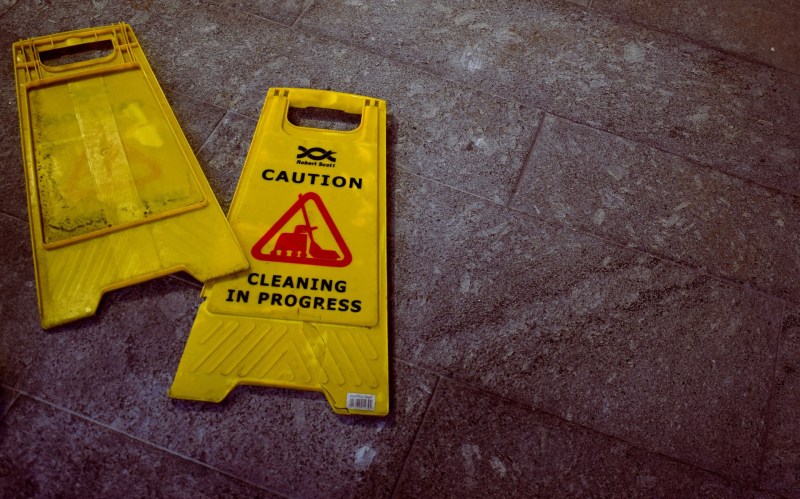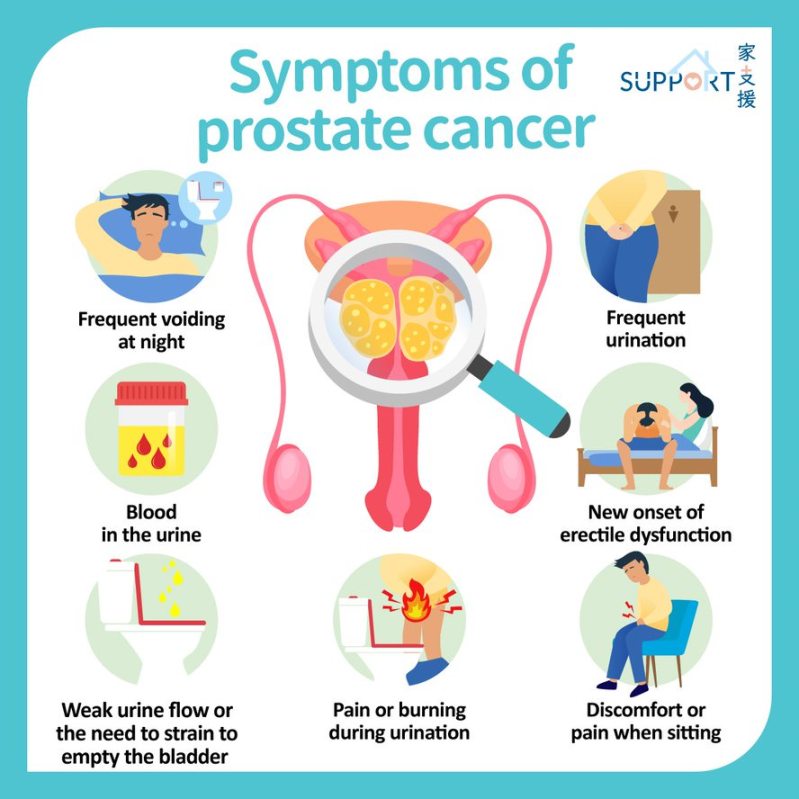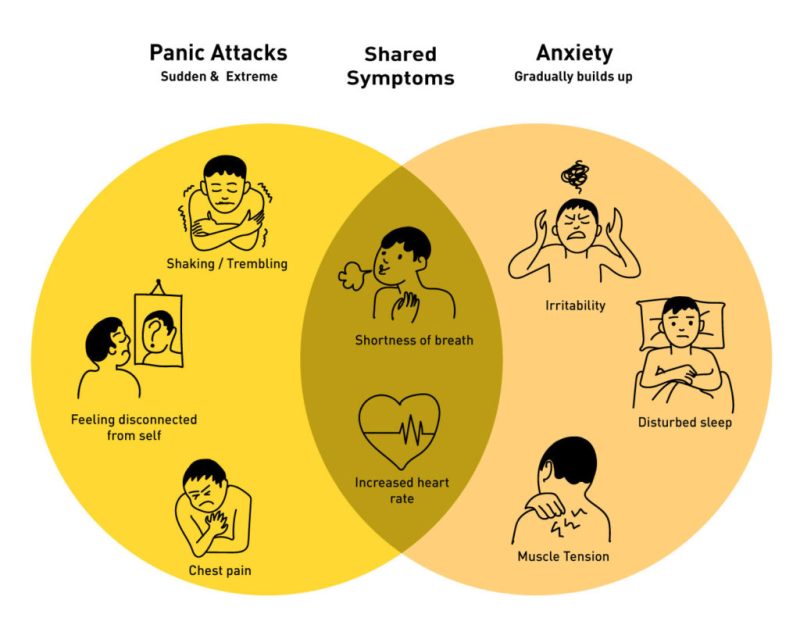When You Refinance Your House What Happens – We use cookies to provide you with the best browsing experience. By using this site, you accept our use of cookies for analytical and personal content. More information.
For many homeowners, refinancing is to get a low rate, find home equity, and more. However, many factors come into play when refinancing your home, and it’s important to fully understand the process and evaluate whether refinancing is right for you.
When You Refinance Your House What Happens
Between the time you buy your first home and now, a lot changes: your financial situation, the state of the market, and the value of your home. A low interest rate on a loan means lower monthly payments, and more payments go toward the principal amount of the loan.
Should You Refinance Your Mortgage? Things You Should Consider
There’s no guarantee of how much you’ll save when refinancing your home. If your financial situation hasn’t changed significantly since you first took out the loan, your interest rate or monthly payment may not change significantly. There are always fees associated with refinancing, and it’s important to weigh how much you’re willing to spend versus how much you can save.
You’ll pay more interest over the life of a 30-year loan. Refinancing at low rates can not only shorten your loan term, but also help you save on interest. Plus, paying off your loan faster means you’ll be out of debt sooner, even if your monthly payments don’t change.
Refinancing your home is not something you can do overnight. It takes a lot of resources, time and money to secure a low rate. This can tax your life, especially if there is no significant change in payments or interest.
By owning your home, improving it, and paying the mortgage over the years, you’ve built up a pool of equity tied up in your home. A refinance gives you the security of cash while giving you access to some of that equity.
What Happens When You Refinance Your Home Loan?
There are costs associated with refinancing. It is important to evaluate your budget and know whether refinancing is the right decision and how much you can save.
Refinancing can be a smart decision and allows you to lower your monthly payments or shorten the term of your loan. However, it’s important to evaluate both aspects of refinancing to see if it’s right for you. With our expert staff, we’ll help guide you through the decision-making process and help you find what’s right for you. Call (800) 332-0190 or visit our Central Bank Mortgage Center for more information!
The information provided in these articles is for informational purposes only. This is Central Bankcompany, Inc. and/or its affiliates should not be construed as an endorsement or endorsement of any information, product, service or provider listed above. All information provided is without any representation, warranty or guarantee as to the accuracy, adequacy or completeness of the information.
Ten Days Without Breaking the Bank Infographic What is a Remote Online Notary (RON)? What kind of credits does Ginny-Mae like in the article? What is the thematic contribution in the article? A Beginner’s Guide Infographic Home Insurance 101 Video Choosing the Best Planner for Your Life Infographic
Mortgage Refinance Checklist
This icon indicates a link to third-party content. By clicking on the link, you will leave our website and enter a site not owned by the bank. The site you visit may be less secure and may have a different privacy statement than your bank. The products and services offered by this third party website are not provided or guaranteed by the bank.
If your card is lost or stolen, contact us 24/7 to help prevent fraud.
Make loan payments easily with a debit card or electronic check! Get started by clicking the “Continue” button below¹.
¹ Additional service charges apply. By clicking the “Continue” button, you will leave our website and enter the loan payment site by debit card or electronic check. or “refi” for short – refers to the process of modifying and changing the terms of an existing loan. The contract is usually related to a loan or mortgage. When a business or individual decides to refinance a loan, they try to make effective changes to the interest rate, payment schedule, or other terms of the contract. If approved, the borrower receives a new contract that replaces the original contract.
Home Base Ics #3: Negative Sales
Borrowers often choose to refinance when interest rates around them change significantly, resulting in potential savings on loan payments under the new deal.
Consumers often respond to changing economic conditions by seeking to refinance certain debt obligations to obtain favorable credit terms. Common goals for refinancing are to lower the fixed interest rate to reduce payments over the life of the loan, change the length of the loan, or switch from a fixed-rate mortgage to an adjustable-rate mortgage (ARM) or substitute. On the contrary. .
Borrowers may also refinance because of an improved credit profile, changes to long-term financial plans, or by consolidating their debt into a shorter loan.
The most common motivation for refinancing revolves around interest rates. Because interest rates are cyclical, many consumers choose to refinance when rates fall. National monetary policy, the economic cycle, and market competition can be key factors that increase or decrease consumer and business interest.
Things To Know Before Refinancing Your Mortgage
Discrimination in mortgage lending is illegal. If you believe you have been discriminated against because of your race, religion, sex, marital status, use of public assistance, national origin, disability, or age, there are steps you can take. One step is to file a report with the Consumer Financial Protection Bureau or the US. Department of Housing and Urban Development (HUD).
These factors can affect interest rates on all types of credit products, including revolving loans and revolving credit cards. In a high-rate environment, variable-rate borrowers pay more interest; The rate of decline is reversed in the middle.
To refinance, the borrower must contact an existing lender or a new lender and fill out a new loan application. Later refinancing involves reassessing the credit terms and financial situation of the individual or business. Consumer loans, usually considered for refinancing, include mortgages, car loans, and student loans.
Businesses may try to refinance their commercial real estate mortgage. Many business investors value their corporate balance sheets for business loans from lenders that benefit from lower market rates or improved credit profiles.
How Often Can You Refinance Your Mortgage?
There are several types of refinancing. The type of loan a borrower decides to take depends on the needs of the borrower. Some of these refinancing options include:
This is the most common type of refinancing. An installment refinance occurs when the original loan is paid off and replaced by a new loan agreement that requires interest payments.
Cash outflows typically occur when the value of the underlying asset backing the debt increases. The deal involves receiving the value or equity of the asset in exchange for a higher loan amount (and often a higher interest rate).
In other words, if the asset’s paper value increases, it can be obtained through a loan instead of selling it. This option increases the total amount of the loan, but gives the borrower immediate access to cash while continuing to own the asset.
What Happens If I Can’t Pay My Mortgage?
A cash-out refinance allows the borrower to pay off a portion of the loan for loan-to-value (LTV) or loan payments.
In some cases, a consolidation loan can be an effective method of refinancing. Consolidation refinancing can be used if an investor can obtain a loan from several loan products at a rate below the current average interest rate.
This type of refinancing requires the consumer or business to apply for a new loan at a lower interest rate and then pay off the existing loan with the new loan, leaving their total outstanding principal with lower interest payments.
Here is a hypothetical example of a refinancing operation. Let’s say Jane and John have a 30-year fixed-rate mortgage. They have been paying 8% interest since they first placed their rates 10 years ago. Due to economic conditions, the interest rate has decreased.
Warning Signs That You Need To Refinance Your Mortgage Asap
The couple approached their bank and were able to refinance their existing mortgage at a new rate of 4%. This allows Jane and John to lock in a new rate for the next 20 years and lower their monthly mortgage payments. If interest rates drop further in the future, they can refinance to lower their payments even further.
Corporate refinancing is the process of restructuring a company’s financial obligations by replacing or modifying existing debts. Corporate refinancing is often done to improve a company’s financial position, and it can also be done when a company is struggling to help with debt restructuring. Corporate refinancing typically involves calling old issues of corporate bonds and, if possible, issuing new bonds at lower interest rates.
A mortgage refinance replaces your old loan with a new one
What happens when you refinance a car, when you refinance your home what happens, what happens when you refinance, what happens after you refinance your house, what happens if i refinance my house, when you refinance a home loan what happens, what happens to heloc when you refinance, what happens when you sell your house, what happens when you refinance your car, what happens when you refinance your mortgage, what happens when you refinance your house, what happens if you refinance your house








